The eastern blacktail rattlesnake is a medium-sized rattlesnake attaining lengths of up to 52 inches. Although found in a variety of habitats, this species is most often associated with rocky outcroppings/talus slides and limestone canyons. Crotalus ornatus contains three clades: the Chihuahuan clade, the Big Bend clade and the Stockton clade1. Phylogenetically, this species forms a clade with Crotalus totonacus (Totonacan rattlesnake) and is thus more closely related to the Totonacan rattlesnake than the northern blacktail rattlesnake (Crotalus molossus).
The large head is clearly set off from the neck in blacktail rattlesnakes. The head is marked by a dark mask that is brown, gray or black above the snout. Stripes run through the eyes from the mask to the corner of the mouth. The saddles along the back are rhomboid in shape, often with light spots in the centers. One of the pattern differences between Crotalus ornatus and Crotalus molossus is the neck pattern. In the eastern blacktail rattlesnake, the saddles fuse together to form a netlike or striped pattern with light centers. This neck pattern can run down from the base of the head posteriorly up to a quarter or a third of the body length. Saddle coloration lightens as it nears the tail and ends with a solid black tail. Banding in the tail is typically not present in this species leading to a solid black tail unlike the northern blacktail rattlesnake where individuals can have banding in their tails.
The eastern blacktail rattlesnake ranges from western New Mexico eastward and south through West Texas into the Stockton and Edwards Plateaus in the United States. In Mexico, it occurs in eastern Chihuahua and the western regions of Coahuila.
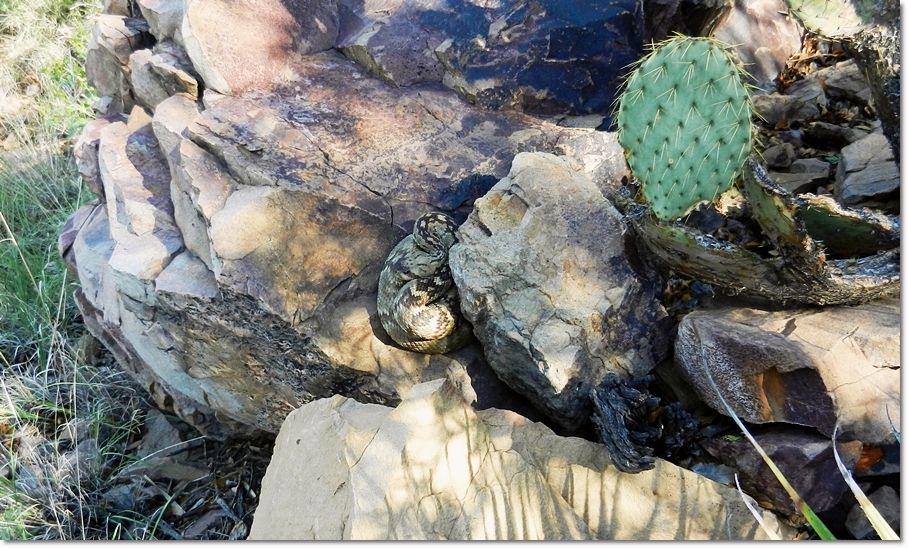 |
| An in-situ adult male Crotalus ornatus sits out in the open possibly waiting for prey to cross its striking range. Cobre Mountains. |
Crotalus ornatus from the Chihuahuan clade occurs from the southern Rocky Mountains in New Mexico westward to the Continental Divide. It is essentially a montane animal in that it is primarily associated with higher elevation mountains in western and central New Mexico and in the isolated desert sky islands of southern New Mexico and West Texas. Chihuahuan clade ornatus occur at broad elevational ranges from around 3,000 feet in the lower bajadas and canyons to routinely up to 7,000+ feet in the Gila Wilderness and central New Mexico. Animals from the high-elevation mountains are often yellowish to brown in coloration.
Some species of reptiles which occur alongside Crotalus ornatus in the Chihuahuan clade include: Crotalus lepidus, Elgaria kingii, Lampropeltis pyromelana, Masticophis taeniatus, Pituophis catenifer and Sceloporus poinsetti.
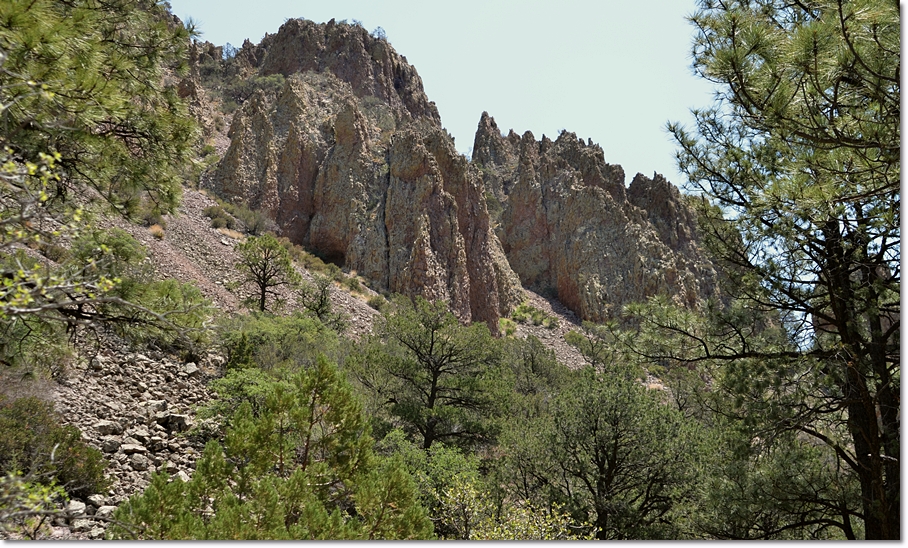 |
| High elevation habitat for Crotalus ornatus in the San Mateo Mountains. |
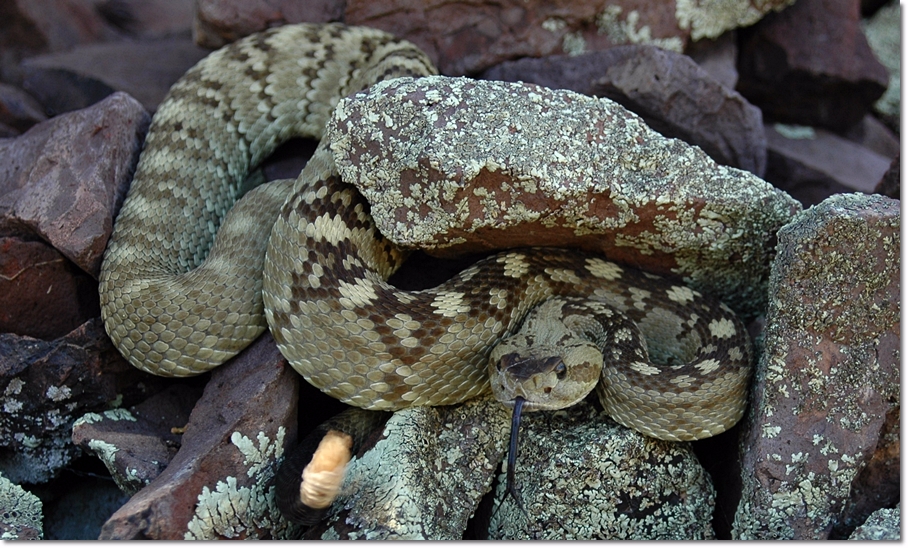 |
| Crotalus ornatus in a talus slide from the Chupadera Mountains. |
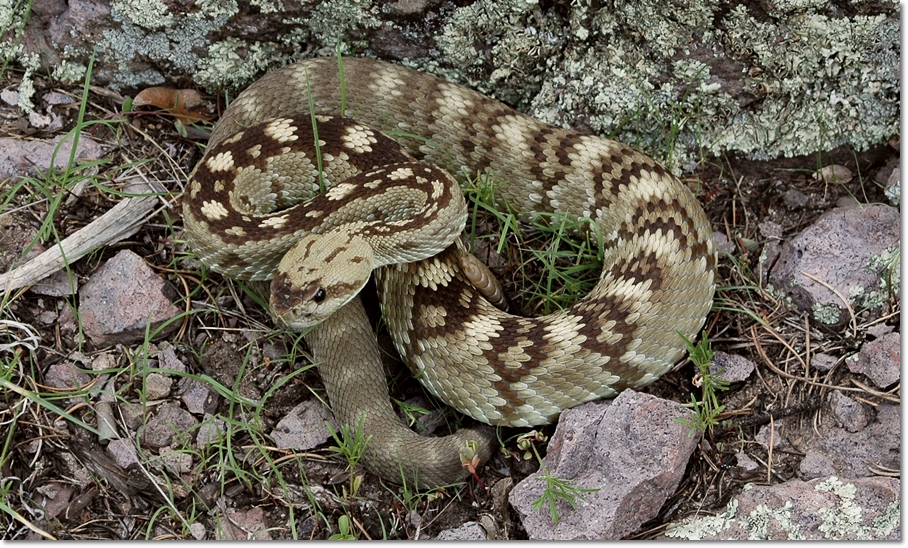 |
| Crotalus ornatus from the eastern slope of the Black Range. |
The eastern blacktail rattlesnake in the Chihuahuan clade from the lower, desert sky islands is more typically grey in color with an occasional green hue. Individuals from this region begin to appear more similar in habitat, coloration and patterning to specimens from the two clades further east.
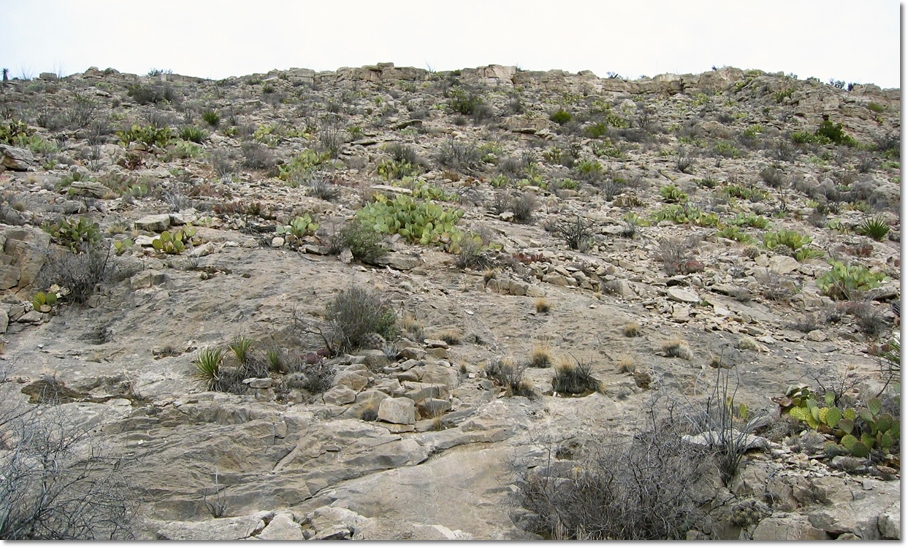 |
| Limestone canyon habitat for Crotalus ornatus near Carlsbad, New Mexico. |
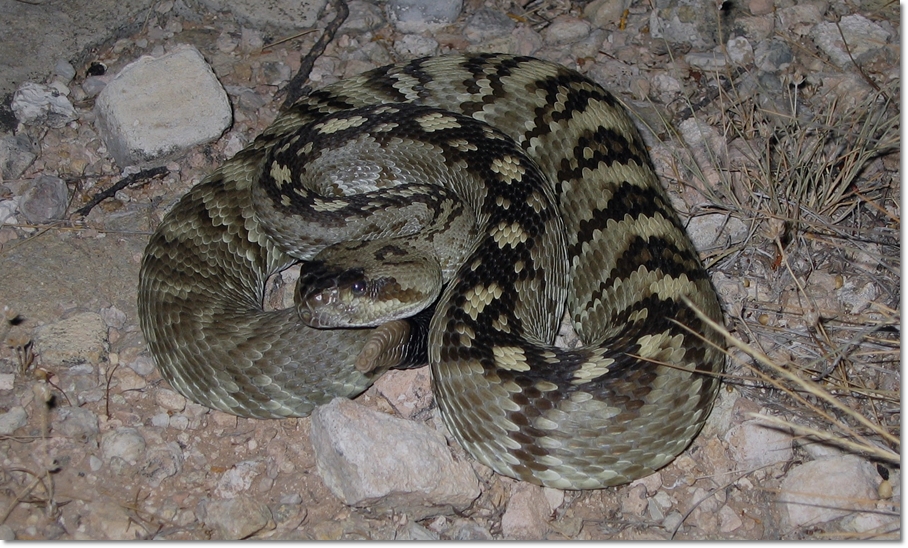 |
| Crotalus ornatus from the Guadalupe Mountains. |
The Big Bend clade consists of animals from a series of desert sky islands surrounded by the Chihuahuan Desert. The distribution of the Big Bend clade is mostly in the Davis Mountains and the various ranges and canyons of the Big Bend area of Texas. These mountains are not generally as high in elevation as those ranges in the Chihuahuan clade; although some points such as Mount Livermore (8,300+ ft.) and Chinati Peak (7,700+ feet) reach elevations which rival those of the Chihuahuan clade.
Several classic West Texas species occur in the same areas as Crotalus ornatus. These include: Agkistrodon laticinctus, Bogertophis subocularis, Coleonyx brevis, Crotalus lepidus, Gerrhonotus infernalis, Lampropeltis alterna, Masticophis taeniatus, Pantherophis bairdi, and Sceloporus poinsetti.
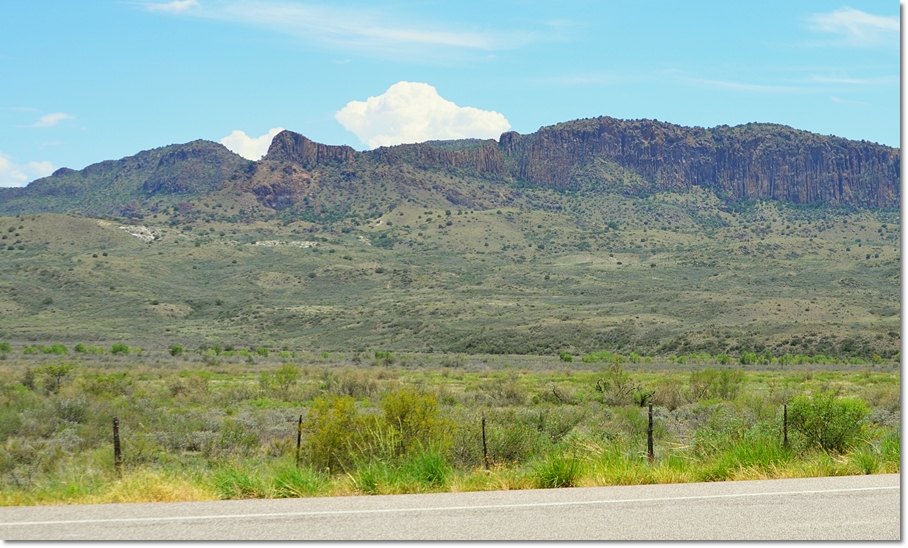 |
| The Davis Mountains in Jeff Davis County, Texas. |
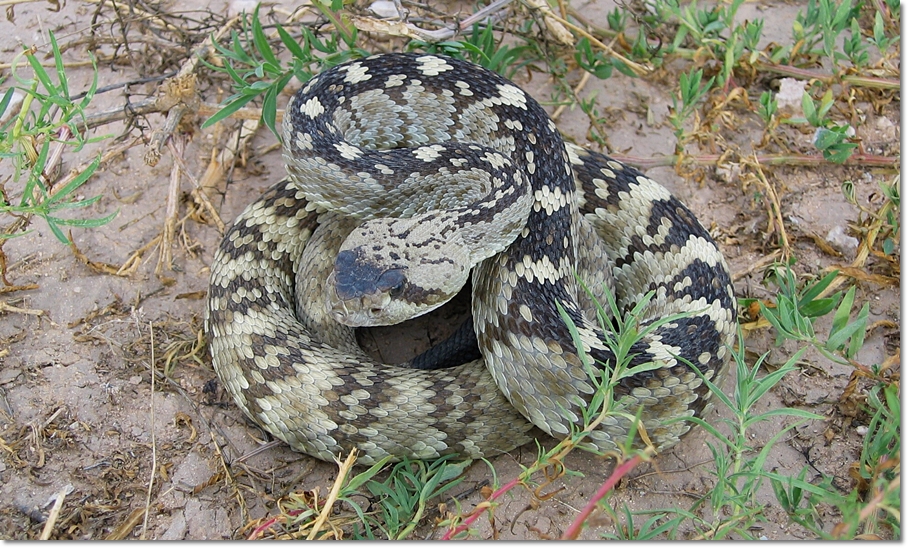 |
| Crotalus ornatus from the Davis Mountains in Jeff Davis County, Texas. |
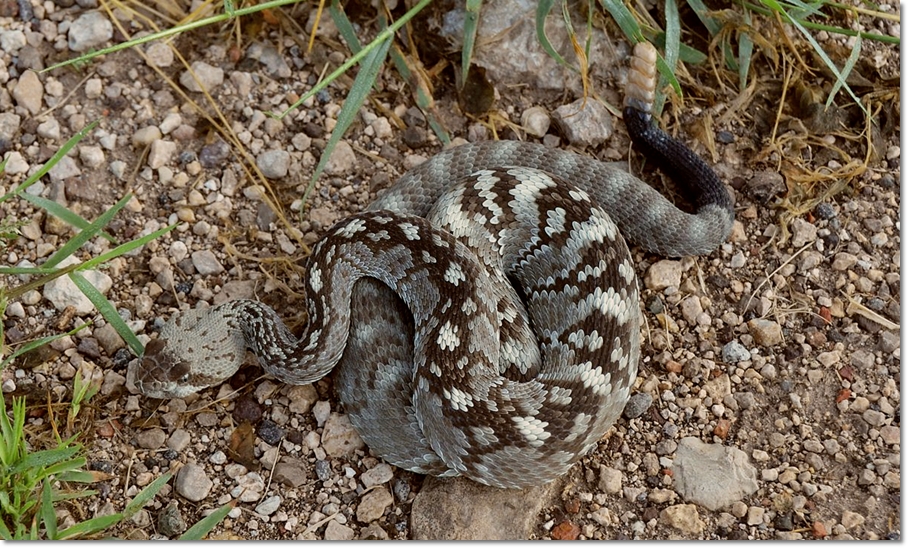 |
| Crotalus ornatus from the River Road in Presidio County, Texas. |
Heading eastward from the Big Bend area, Crotalus ornatus in the Stockton clade occupies primarily limestone canyons of the Stockton and Edwards Plateaus. The eastern limits of the distribution for this species are the hills and canyons on the western edges of the cities of Austin and San Antonio.
Sympatric reptile species for this clade are similar to those of the Big Bend clade.
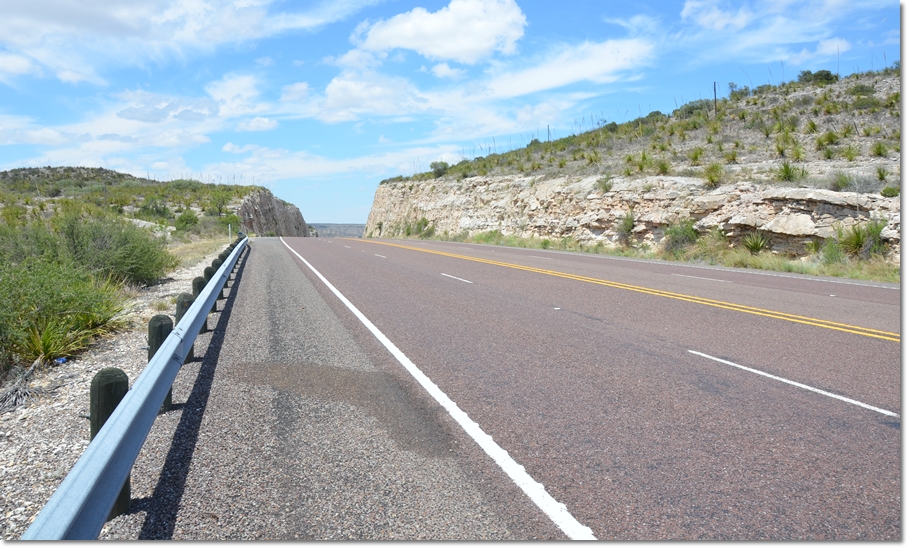 |
| Rock cuts along US 285 north of Sanderson, Texas. |
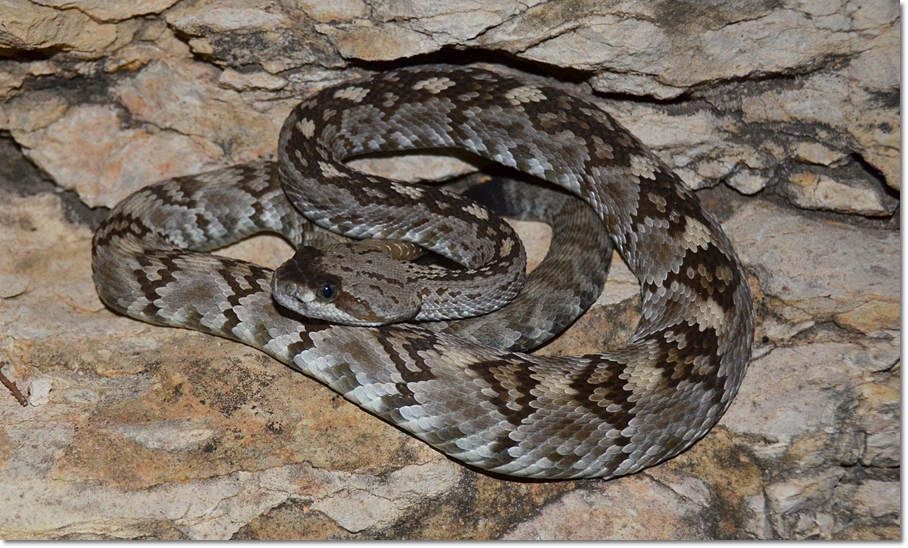 |
| Crotalus ornatus from east of Iraan, Texas. |
The eastern blacktail rattlesnake feeds on a variety of prey items including lizards, birds and mammals. Studies suggest that they do not normally feed on invertebrates nor amphibians as prey2. This species seems to prefer a variety of variously-sized rodents as prey items such as kangaroo rats, cactus mice, deer mice and squirrels. There is a record of an eastern blacktail rattlesnake feeding on, or trying to feed on, carrion in the wild.
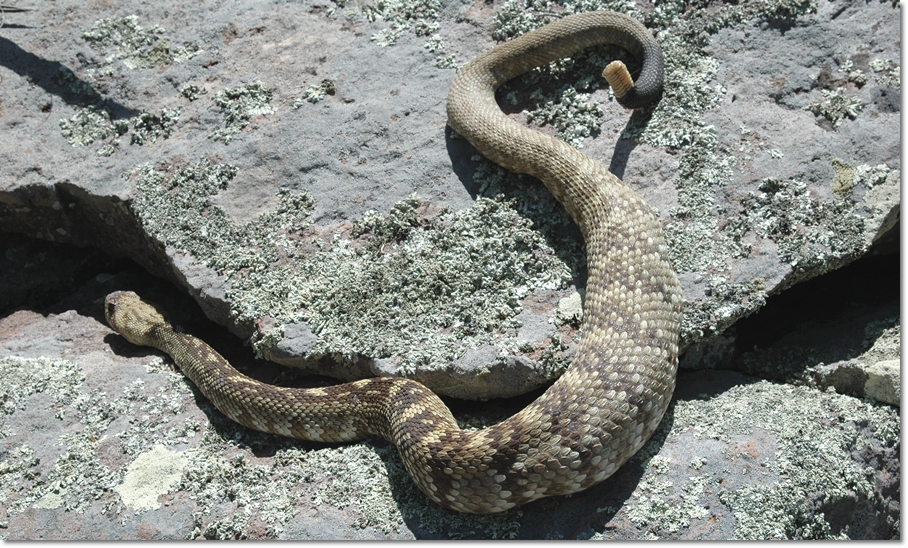 |
| A large adult male with a squirrel in its stomach in the San Mateo Mountains, NM |
Active periods for the eastern blacktail rattlesnake can be year-round depending on the weather. Activity periods typically start in March and runs into October and November with animals moving further away from the hibernation site as the weather warms up and they go searching for prey and mates. Eastern blacktail rattlesnakes seem to be most active between July and September which coincides with the breeding season.
Like a lot of desert rattlesnakes, breeding activity coincides with and is further stimulated by the arrival of the seasonal rains which occurs bewteen May and August depending on location. Sperm is retained over the winter and ovulation and fertilization appears to occur when the females emerge from hibernation. Bewteen 4 to 10 young are born during the summer if conditions are right. Females appear to give birth every other year.
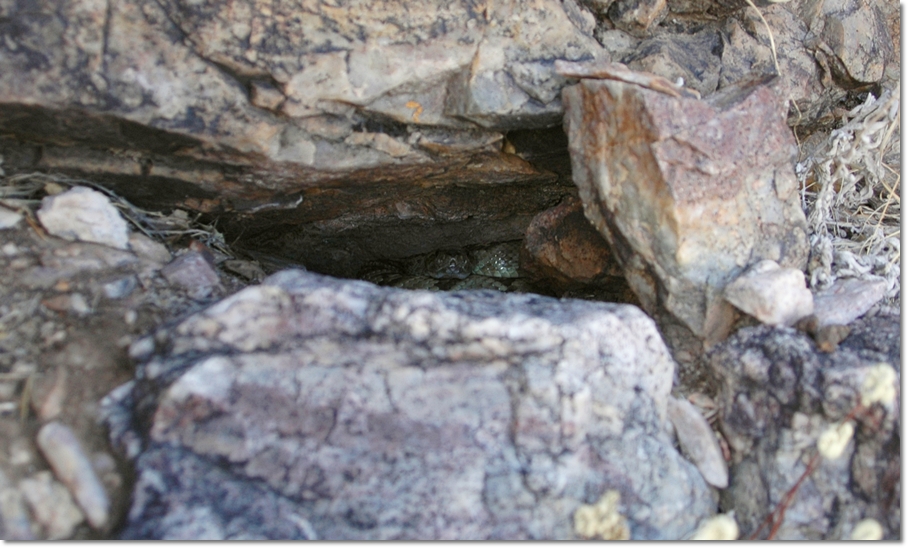 |
| A blacktail rattlesnake at a den site in the Sandia Mountains, NM in early March. |
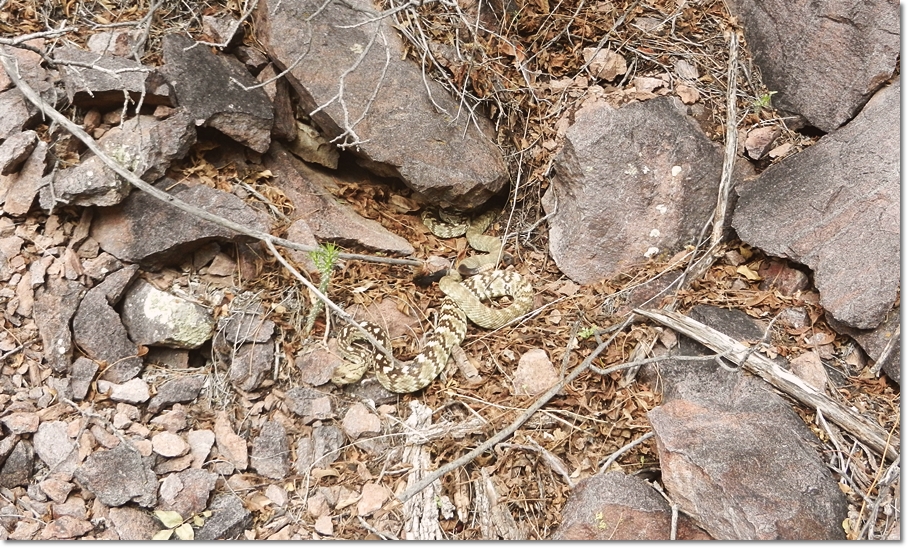 |
| Two blacktail rattlesnakes copulating at a canyon bottom in the Magdalena Mountains, NM in August. |

























